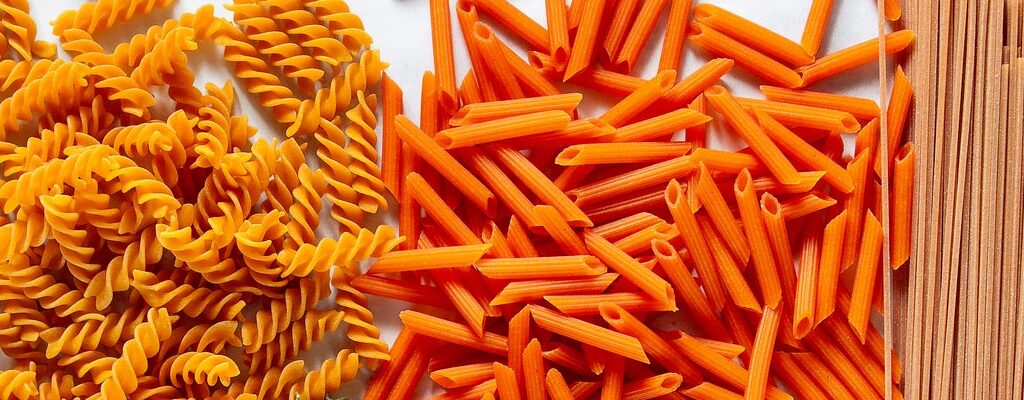
Hardly there is anyone who did not try a pasta dish. With so many pasta varieties and cooking recipes, pasta is really one of a kind product. Pasta is made of durum wheat flour and water or eggs (or both). But what about people who have celiac disease, or non-celiac gluten intolerance? Fortunately, there are a lot of alternatives for traditional pasta – the variety of gluten-free pasta. Let’s discus the gluten-free pasta and its challenges.
Glute-free pastas are made using different grains and their blends. For example, buckwheat, corn, rice, quinoa, amaranth and millet are the most frequently used grains. But this is not the complete list: one can find pasta made from lentils, chickpeas, yellow peas and even almonds.
Check out the gluten-free pasta variety Ameriafood offers. Find our products in local stores like Jons International Marketplace branches.
Challenges of gluten-free pasta cooking
Cooking gluten-free pasta can be challenging, as there are some differences between traditional and gluten-free pastas.
- Gluten-free pasta is usually starchier than the regular pasta, so it can create a lot of foam on the top of the pot. Also, gluten-free flour density is different from all-purpose while flour. Thus, it can grow more than the regular pasta. So, to solve those challenges, just use a big pot and fill only the 2/3 part of it with water.
- Gluten-free noodles contain high starch, so they are pretty sticky. It is helpful to add some vegetable oil to the water. Also, stir the pasta every 30 seconds during the first few minutes of cooking, until the pasta starts growing.
- Overcooking the noodles is the next challenge. Cooking time on the package is not always accurate. Try to cook for 2 minutes less than the recommended time and taste the noodles. It is best to drain when the pasta is al dente, as it will continue to steam when it cools.
- It is a good idea to transfer the pasta to the pot or mixing bowl immediately after draining it in a colander. Leaving pasta in a colander even for a few minutes can make it stick together, as the pasta continues cooking.
We hope our advice will help you to enjoy the gluten-free pasta we offer.




Leave a comment